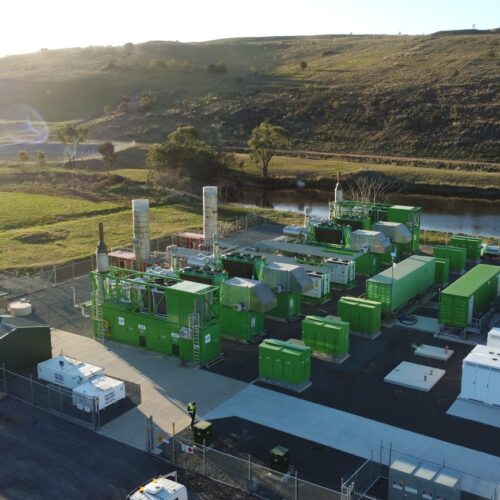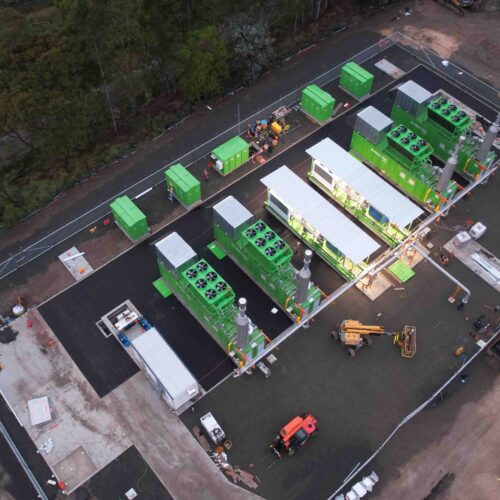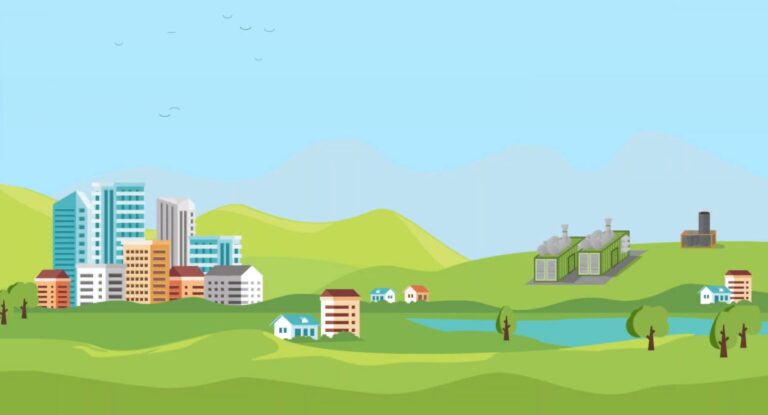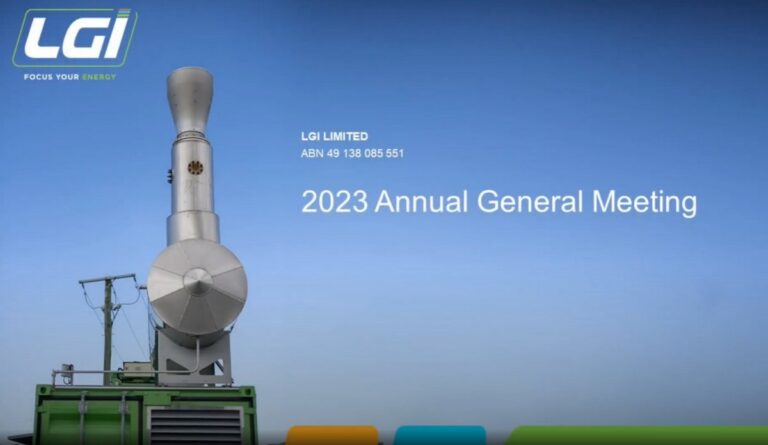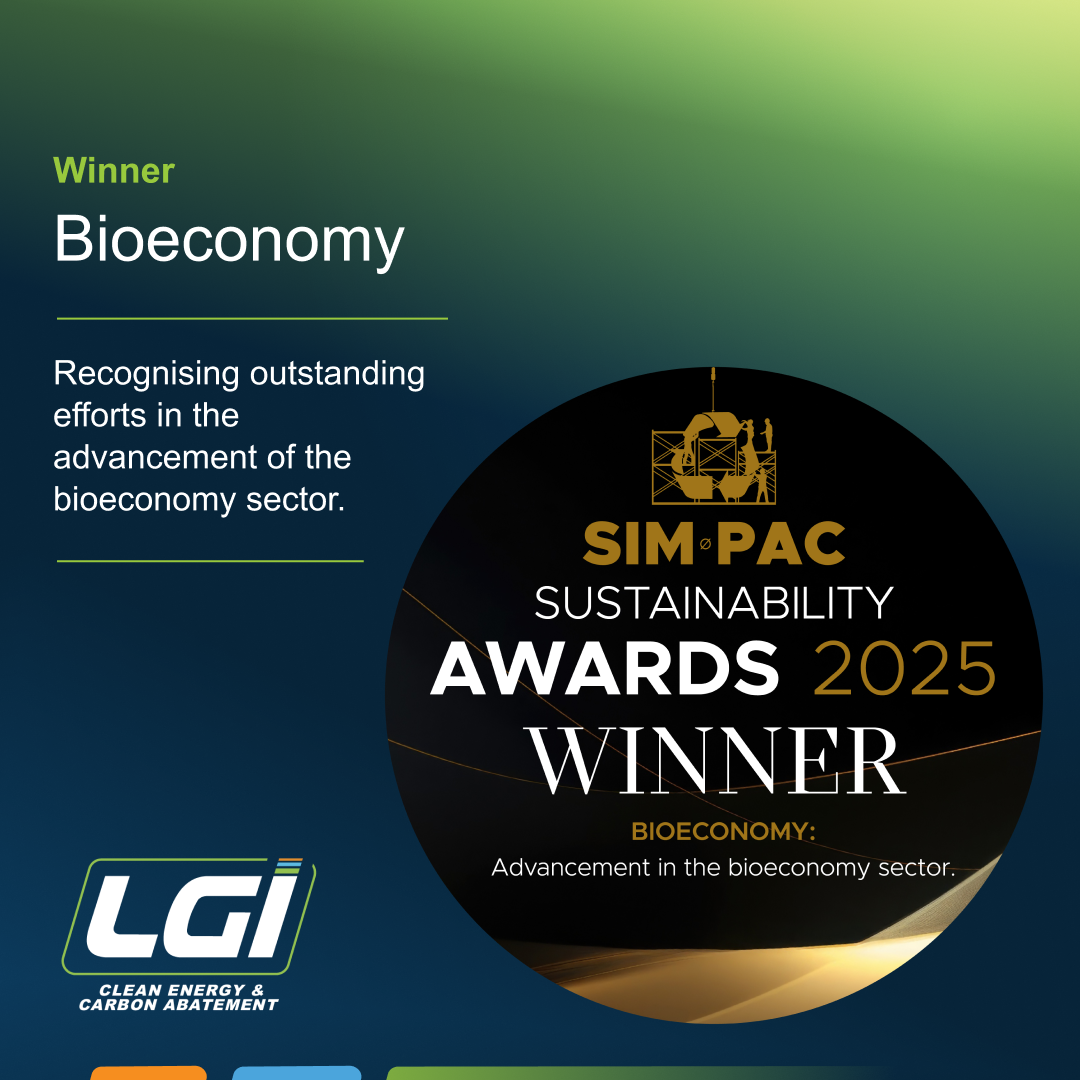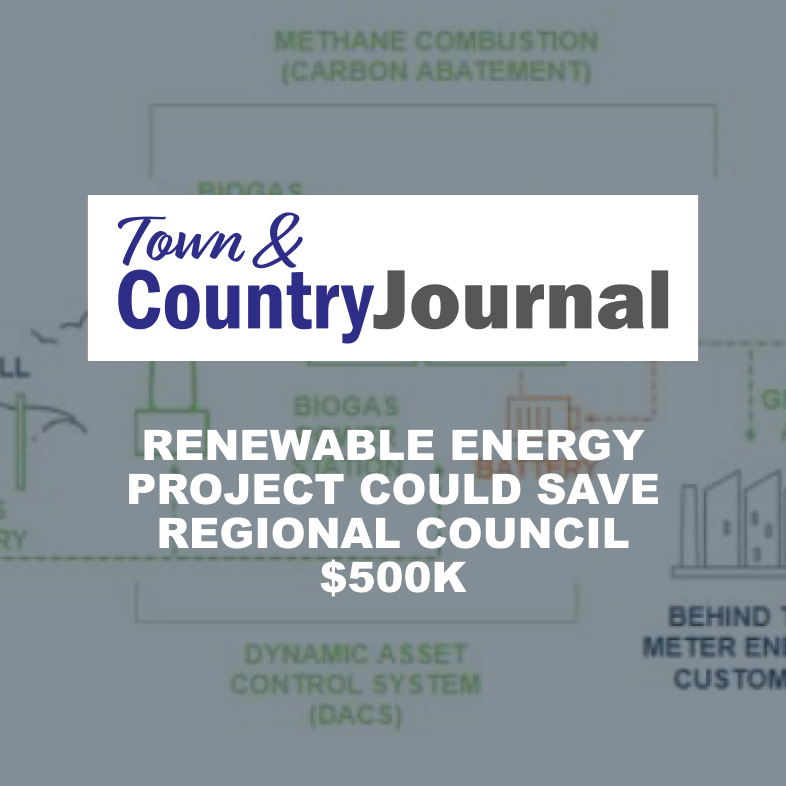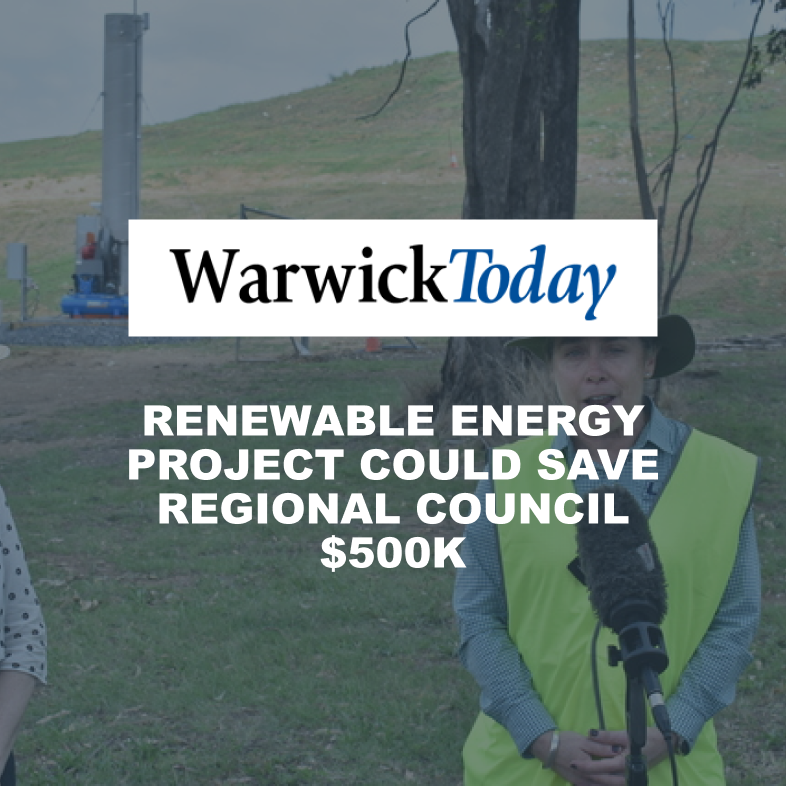How many biogas from landfill does LGI operate?
We currently operate 25 biogas projects, all abating carbon emissions across Queensland, New South Wales and the ACT, plus our HQ and manufacturing facility in Brisbane. Of these projects, 8 generate renewable power totalling more than 90,000 megawatt hours each year and 17 flare biogas.
How do you capture biogas from landfill sites?
Organic waste material generates methane, carbon dioxide and other gases as it decomposes in a landfill site. In well-managed landfill sites, the waste material is covered with a low permeability material that traps this biogas. The systems we design, construct and operate extract biogas using a network of vertical wells and horizontal pipework embedded in the landfill.
How do you convert biogas to energy?
Once biogas is captured, it is combusted either by a biogas flare and/or a biogas engine that generates renewable electricity. The renewable power generated is exported via a transformer to the electricity grid and/or in some cases it could be consumed locally by a customer without the need for power lines, which is referred to as to as ‘behind-the-meter’.
Some of the biogas-to-energy sites we manage can temporarily store biogas. That means we can generate and dispatch electricity to the grid when demand is highest, to produce electricity when it is most needed and optimise the power price we receive.
How much biogas is captured?
Once biogas is captured, it is combusted either by a biogas flare and/or a biogas engine that generates renewable electricity. The renewable power generated is exported via a transformer to the electricity grid and/or in some cases it could be consumed locally by a customer without the need for power lines, which is referred to as to as ‘behind-the-meter’.
Some of the biogas-to-energy sites we manage can temporarily store biogas. That means we can generate and dispatch electricity to the grid when demand is highest, to produce electricity when it is most needed and optimise the power price we receive.
Why do we still need landfills?
Waste is produced as part of our daily lives and as our standard of living increases so too does the volume of waste we produce. Currently in Australia, up to 50% of all waste in landfill is organic matter such as food, textiles, timber and household waste. Importantly, today’s landfills are highly engineered and regulated to reduce their environmental impact. Even after being closed, landfills generate biogas for decades. One of our smaller landfills which closed in 1995, still produces enough to supply 1000 homes with renewable power.
What are Australian Carbon Credit Units and how does LGI create them?
Australian Carbon Credit Units, or ACCUs, are awarded by the Clean Energy Regulator for every tonne of carbon dioxide equivalent that is prevented from entering the atmosphere through an eligible project.
LGI participates in the scheme by registering and operating both biogas flaring and renewable power generation projects on landfills.
How does LGI reduce greenhouse gas emissions?
Our systems take the methane from the landfill and convert it to carbon dioxide, which is about 28 times less harmful to the environment. We also use biomethane to create renewable energy which displaces electricity produced by fossil fuels. Capturing this gas reduces health and safety issues such as odour emissions and the potential for landfill fires caused by gases.
Every year we capture approximately 100 million cubic metres of potentially harmful gas from landfills, which reduces the amount of carbon dioxide entering the atmosphere by nearly one million tonnes.

